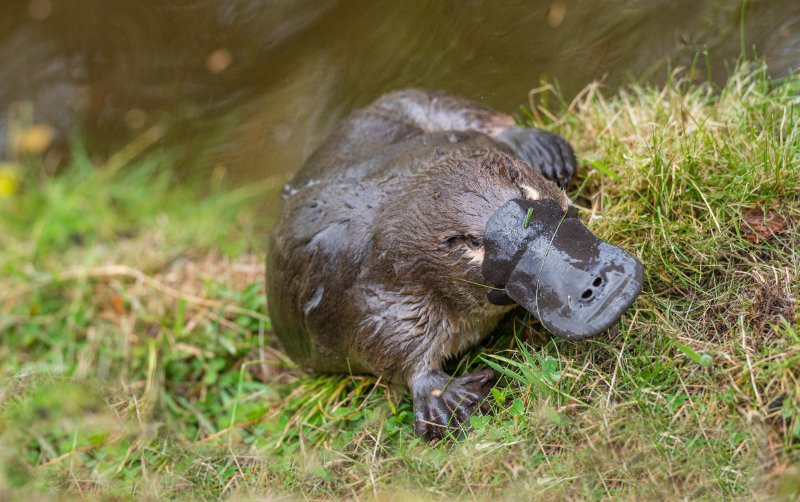“Exploring the Mysterious and Unique Platypus Habitat”
Setting foot in Australia and Tasmania, we embark on an adventurous journey where we can find a unique and intriguing creature – the platypus (Ornithorhynchus anatinus). An amazing mammal that almost vanished from the face of the earth due to excessive hunting for its valuable fur, the platypus has currently been listed as an Endangered Species. Despite attempts to leave no stone unturned to protect this peculiar creature, its existence still hangs by a thin thread.
Platypus Living Conditions
Never judge a platypus by its furry appearance! Fascinatingly, these furry mammals thrive in rivers and streams. Villains like water pollution, logging, and irrigation projects play key roles in their habitat’s destruction – their enemies aren’t solely limited to their natural predators, such as crocodiles, snakes, eagles, red foxes, owls, and goannas.
A Closer Look at the Platypus Appearance
Donned in a brown outfit, this planet’s eccentric resident has a body and tail covered with fur. Its dense coat shields it both on land and in icy waters. Meanwhile, its tail acts as a survival kit, storing fat for critical times. The platypus sports webbed feet akin to a duck’s and a sensitive bill, aiding in swimming and locating food, respectively.
Platypus Food Hunting Mechanism
Eating Habits
Platypus resorts to an interesting technique for hunting – electroreception. Imagine a complex network of electric fields reacting to muscle contractions, all concealed within that bill. As the signals indicate the presence of prey such as insect larvae, annelid worms, freshwater shrimp, and crayfish, the platypus sets out on its culinary quest.
Armed with special pouches in its cheeks, the platypus stores the delicacies until it finds a spot to savor its meal. Much of its day is spent foraging the stream bottoms – to put it in perspective, it gobbles up around twenty-percent of its body weight daily! It’s a creature of the night and does mainly nocturnal feeding.
The Defense Mechanism
Males are armed – quite literally. They carry venom enough to eliminate small creatures, even dogs. In humans, this venom could induce intense pain and disable a person temporarily. Persistent swelling at the wound is common, taking a few months before healing completely.
Platypus Reproduction and Life Cycle
Platypus mating season falls between June and October. It’s fascinating that the female platypus digs a shelter post-mating for her eggs. She prepares a soft nest using folded leaves, believed to be assistive in maintaining the right humidity levels. After laying two or three soft-shelled eggs, mommy platypus ensures they remain attached to a patch on her stomach gently held in place by her tail.
In about ten days, the young ones hatch. Milk patches on the mother’s stomach act as the feeding source. Until they are three or four months old, the offspring share the burrow with their mother. As they grow, they’re kicked out to establish their own territories since they clash with the adults over burrows and meals, and sadly, not many of the young ones survive.

